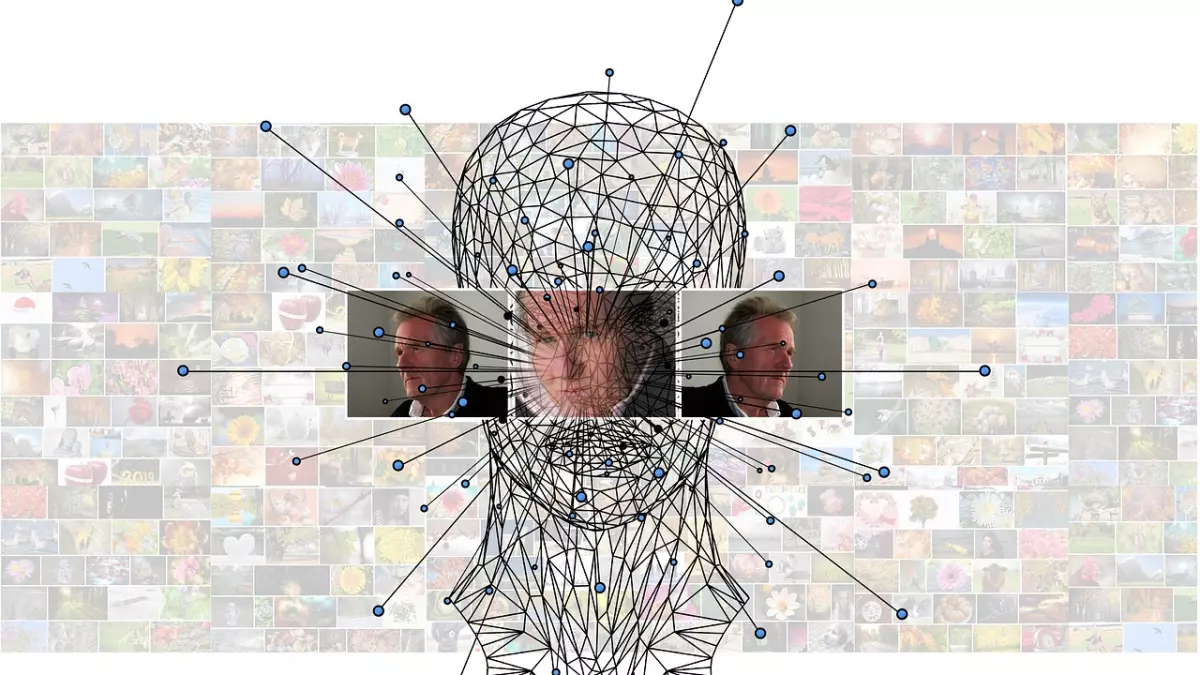Model Ensembling
Why settle for one model when you can have the power of many? That's the question you should be asking yourself if you're still relying on a single machine learning model to make predictions. In the world of ML, ensembling techniques are like the Avengers—each model brings its unique strengths to the table, and together, they can achieve much more than any one of them could alone.

By Carlos Martinez
Think of it this way: imagine you're trying to predict the weather. One model might be great at predicting temperature, but not so good at forecasting rain. Another model might excel at rain prediction but struggle with wind speed. By combining these models, you can create a more accurate and robust weather prediction system. This is the essence of model ensembling.
But not all ensembling techniques are created equal. Some are simple, like averaging the predictions of multiple models, while others are more complex, like stacking or boosting. The key is to understand which technique works best for your specific problem and dataset.
Bagging: The Simple Yet Effective Approach
Bagging, short for Bootstrap Aggregating, is one of the most straightforward ensembling techniques. It works by training multiple versions of the same model on different subsets of the training data. These subsets are created by randomly sampling the data with replacement, meaning some data points may appear more than once in a subset, while others may not appear at all.
Once each model is trained, their predictions are averaged (for regression tasks) or voted on (for classification tasks). The idea is that by combining the predictions of multiple models, you can reduce variance and improve the overall performance of the ensemble.
Bagging is particularly effective when you're dealing with high-variance models like decision trees. In fact, Random Forest, one of the most popular machine learning algorithms, is essentially a bagging ensemble of decision trees.
Boosting: Turning Weak Learners into Strong Ones
Boosting takes a different approach. Instead of training multiple models independently, boosting trains them sequentially, with each new model trying to correct the mistakes of the previous one. The goal is to turn a series of weak learners—models that perform just slightly better than random guessing—into a strong ensemble.
One of the most well-known boosting algorithms is Gradient Boosting, which iteratively adds models to the ensemble, each one focusing on the errors made by the previous models. This process continues until the ensemble reaches a desired level of accuracy or until adding more models no longer improves performance.
Boosting is particularly effective when you're dealing with high-bias models, as it can help reduce bias and improve accuracy. However, it can also be prone to overfitting, especially if you're not careful with hyperparameter tuning.
Stacking: The Ultimate Power Play
If bagging and boosting are like assembling a team of superheroes, stacking is like creating a superteam of superteams. In stacking, you train multiple models (often of different types) and then use another model to combine their predictions. This second model, known as a meta-learner, learns how to best combine the predictions of the base models to make a final prediction.
The idea behind stacking is that different models may excel at different aspects of the problem, and by combining them, you can create a more powerful and accurate ensemble. For example, you might combine a decision tree, a neural network, and a support vector machine, with a logistic regression model as the meta-learner.
Stacking can be incredibly powerful, but it's also more complex and computationally expensive than bagging or boosting. It requires careful tuning of both the base models and the meta-learner, and it can be prone to overfitting if not done correctly.
When to Use Ensembling Techniques
So, when should you use ensembling techniques? The short answer is: whenever you want to improve the performance of your machine learning model. Ensembling is particularly useful when you're dealing with noisy or complex datasets, where a single model might struggle to capture all the nuances of the data.
However, ensembling isn't a magic bullet. It won't fix a poorly designed model or a bad dataset. If your base models are fundamentally flawed, no amount of ensembling will save them. But if you have a set of reasonably good models, ensembling can help you squeeze out that extra bit of performance and make your predictions more robust.
In fact, many of the winning solutions in machine learning competitions like Kaggle use ensembling techniques to achieve top performance. It's a tried-and-true method for improving accuracy, and it's one that every machine learning practitioner should have in their toolkit.
So, the next time you're working on a machine learning project, don't settle for just one model. Try ensembling, and see how much better your predictions can be.
And here's a fun fact to close things out: Did you know that ensembling techniques were used to win the Netflix Prize, a competition to improve the company's movie recommendation algorithm? The winning team used a combination of over 100 different models to achieve a 10% improvement in accuracy. Now that's the power of ensembling!





